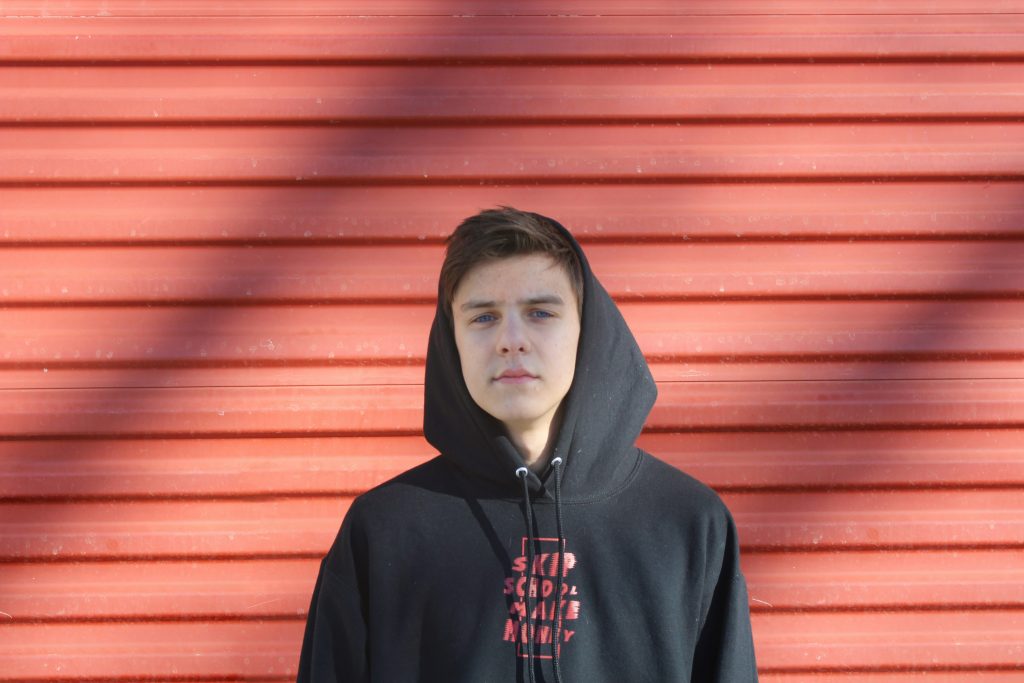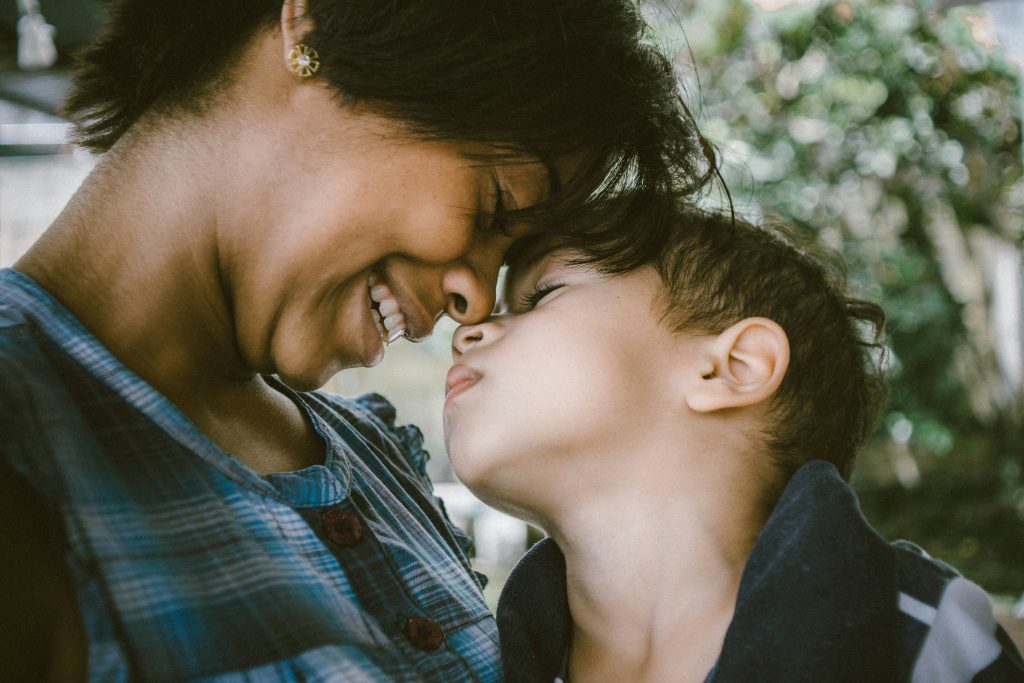[ad_1]
Mental health problems affect an estimated one in five children and young people (CYP) in England (NHS Digital, 2003), with similarly high rates reported internationally. As many readers will know, mental health services struggle to meet this high level of demand, meaning that waiting lists are long and some CYP aren’t able to receive the help they need. Against this backdrop, services need to be efficient, but efficiency must come without compromising effectiveness.
This blog focuses on a recent randomised controlled trial (RCT) conducted by Cathy Creswell and colleagues (2024) that examined whether a digitally augmented psychological therapy (OSI) could treat child anxiety as effectively as treatment as usual (TAU). Importantly, the study also evaluated the acceptability of the digitally augmented treatment and the relative cost effectiveness when compared to TAU.
This is an unusual RCT because it focuses on non-inferiority, meaning that their aim was to examine whether OSI was at least as effective as TAU. Typically in an RCT, the research team would examine whether a treatment is better than a comparison, but this study was not about increasing effectiveness, but maintaining effectiveness whilst increasing efficiency.

A significant proportion of children and young people experience difficulties with anxiety, but the wait for treatment can be long. We need to increase the efficiency of delivering treatments, but without losing effectiveness.
Methods
The study focused on the treatment of anxiety problems in 5–12-year-olds and was conducted within Child and Adolescent Mental Health Services (CAMHS). There were two treatment arms, with participants randomly assigned to either OSI plus therapist support (a digitally augmented version of parent-led Cognitive Behavioural Therapy [CBT]) or TAU. Parents and children completed online questionnaires prior to randomisation and again at 14- and 26-weeks post-randomisation. Qualitative interviews were also conducted after the week 14 assessment, with participants purposively sampled. Treatment in both arms was delivered by therapists within CAMHS.
The OSI programme was designed to digitally augment parent-led CBT for child anxiety. The intervention aligns with traditional parent-led CBT, but the content is provided via a digital platform across 7 modules. Parents are then supported by therapists during weekly 20-minute calls. Therapists were provided with light-touch training consisting of a written manual and brief training video and supervision within their clinical teams as usual.
The primary outcome was the Child Anxiety Impact Scale – parent report (CAIS-P) as completed at the week 26 assessment. A range of secondary outcomes were also assessed. The primary economic outcome was quality-adjusted life years (QALYs).
Results
706 families were referred to the study, of whom 444 met inclusion criteria and provided consent (222 assigned to each treatment condition). Of these:
- 176 participants assigned to OSI and 168 assigned to TAU completed the week 14 assessment
- 176 assigned to OSI and 164 in TAU completed the week 26 assessment
The average age of children taking part was 9.2 years (SD = 1.79) years and there were slightly more girls (58%) than boys (41%). The majority of those in TAU received parent-led CBT.
The two treatment conditions were well-matched in terms of how logical parents felt that the treatment seemed and how confident they felt in the treatment. Certainty regarding success was higher for OSI than TAU. After delivering the treatment, therapist’s reports did not differ between the two treatment arms regarding how logical the treatment was, how prepared they felt, how successful it was and how much they would recommend it. Therapists stated that they felt more comfortable delivering TAU, which is perhaps to be expected.
Main findings
Focusing on the CAIS-P primary outcome, there was very little evidence for different outcomes between the treatment arms, with a very small standardised mean difference (SMD = 0.01, 95% CI [-0.15 to 0.17]). This means that the researchers could conclude that OSI was not inferior to treatment as usual. Keep in mind that the purpose of this trial was to evaluate whether OSI was as effective, not more effective, compared to treatment as usual. All secondary analyses supported this conclusion.
Cost effectiveness
The health economic analyses showed that there was little difference between treatment arms on QALYs (quality adjusted life years). Costs were lower for the OSI treatment than TAU, driven by lower therapist time (OSI required an estimated 59% of the therapist time required for TAU). Overall, the analysis suggested that OSI plus therapist support was likely to be cost effective, but there was high uncertainty around some of the estimates.
Qualitative outcomes
Qualitative interviews took place with 12 parents and 10 therapists, who were diverse on a range of characteristics. Their perspectives were generally positive and included interesting points that have relevance for rolling out this kind of treatment in practice. For example:
- Some parents had reservations at the beginning but could see the benefit once they got started.
- OSI allowed parents to fit sessions into their daily lives, for example, listening to content whilst doing chores.
- The therapists were perceived as providing support, problem-solving and helping parents to put things into practice.
- Therapists found that having the content delivered online, and being able to monitor engagement, reduced the burden on them.

The OSI programme plus therapist support demonstrated similar outcomes to standard parent-led CBT for child anxiety, suggesting that OSI is not less effective.
Conclusions
The findings demonstrate that OSI plus therapist support has very similar outcomes to TAU when used to treat child anxiety, but comes with significant cost savings in relation to therapist time. Parents and therapists overall found OSI plus therapist support to be acceptable and no adverse outcomes were reported.
The study provides a nice example of how digitally augmented interventions might be able to increase the number of children receiving treatment without increasing costs or compromising on effectiveness.

The OSI plus therapist support treatment required an estimated 59% of the therapist time required for treatment as usual, suggesting that it is a more cost-effective option for child anxiety.
Strengths and limitations
A significant strength of the study is that it was conducted within routine CAMHS, across a number of services with patients referred in the usual way. Furthermore, the therapy in both arms was delivered by a large number of therapists working in these services, who had a range of training backgrounds. This is important because we can be more confident that the results are an accurate representation of what would really happen if the treatment was adopted by healthcare services in practice. Relatedly, it is also a strength that the therapists received very light touch training, but were able to deliver the OSI plus therapist support treatment with a level of efficacy equivalent to their usual practice. Given this, it is possible that with more training and experience, outcomes for OSI plus therapist support might be even better than those found in this study.
It is also a strength that the study included quantitative outcomes regarding child anxiety together with a detailed health economic analysis and a qualitative evaluation. This provides a broad overview of how the digitally augmented treatment was received and what the potential cost savings are, rather than focusing only on clinical outcomes.
An important contextual factor in relation to this study is that it was conducted during the COVID-19 pandemic, which leaves open the possibility that TAU may not have been delivered as effectively as is typical because of the rapid change to remote delivery. The researchers highlight that the therapists reported feeling satisfied with their treatment offering when in the TAU arm, which suggests that this may not have been a significant issue.
Although there is diversity in the sample in terms of parent income and education, there is relatively little ethnic diversity. It is not possible to ascertain, based on the data collected, whether there was bias in who was recruited to the study or whether the services who agreed to participate were from less ethnically diverse areas of England. It is an important factor to keep in mind in terms of applying these findings to the population of CYP growing up in England.
A final point to highlight is that this study focuses on the treatment of anxiety specifically and only in children aged 5–12 years (although note that most were aged 7-11 years). Child anxiety is common, and it is important that we are able to treat it effectively and efficiently. However, anxiety is also experienced by older and younger children, and this trial does not tell us how appropriate OSI plus therapist support would be for these age groups. We also cannot conclude that digitally augmented therapy would be useful for the treatment of other mental health problems on the basis of these findings. Importantly though, it provides an example of how digitally augmented treatment can be useful for improving efficiency whilst maintaining effectiveness.

The study provides an example of how digitally augmented mental health treatment can be useful for improving efficiency whilst maintaining effectiveness.
Implications for practice
This research suggests that OSI plus therapist support could be used in clinical services as a treatment for child anxiety and that it would likely reduce therapist time without compromising effectiveness. This means that more children could be seen by services, which might help to reduce waiting lists. Child anxiety is a common mental health problem, and we know that it can be treated relatively effectively, but we need to be able to treat more children, sooner. Using a digitally augmented approach might offer a useful route to this.
The qualitative findings are also useful in terms of shedding light on how parents and therapists might benefit from this type of approach. For example, parents appreciated being able to listen to the sessions at a time that suited them and whilst they did other activities. Therapists also noted the reduced burden on their time and appreciated being able to monitor engagement with the programme; they felt that the short phone calls with parents were acceptable. There is important learning here, not only for the OSI plus therapist support treatment, but for the development of future digitally augmented interventions.

Therapists noted the reduced burden on their time and appreciated being able to monitor engagement with the OSI programme.
Statement of interests
Helen Dodd has an ongoing collaboration with the lead author of the research, Prof. Cathy Creswell, as well as some other members of the research team. However, she was not involved in the current study.
Links
Primary paper
Creswell, C., Taylor, L., Giles, S., Howitt, S., Radley, L., Whitaker, E., … & Yu, L. M. (2024). Digitally augmented, parent-led CBT versus treatment as usual for child anxiety problems in child mental health services in England and Northern Ireland: a pragmatic, non-inferiority, clinical effectiveness and cost-effectiveness randomised controlled tri. The Lancet Psychiatry, 11(3), 193-209.
Other references
Newlove-Delgado, T., Marcheselli, F., Williams, T., Mandalia, D., Davis, J., McManus, S., … & Ford, T. (2022). Mental Health of Children and Young People in England, 2022-wave 3 follow up to the 2017 survey. NHS Digital.
Photo credits
[ad_2]
Source link